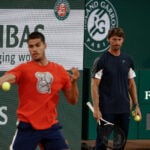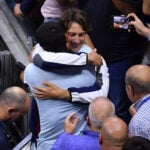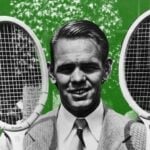November 30, 2003: The day Philippoussis fought through injury to help Australia triumph in Davis Cup
On this day in tennis history, an Australian gritted his teeth to play through the pain and win the Davis Cup for his country
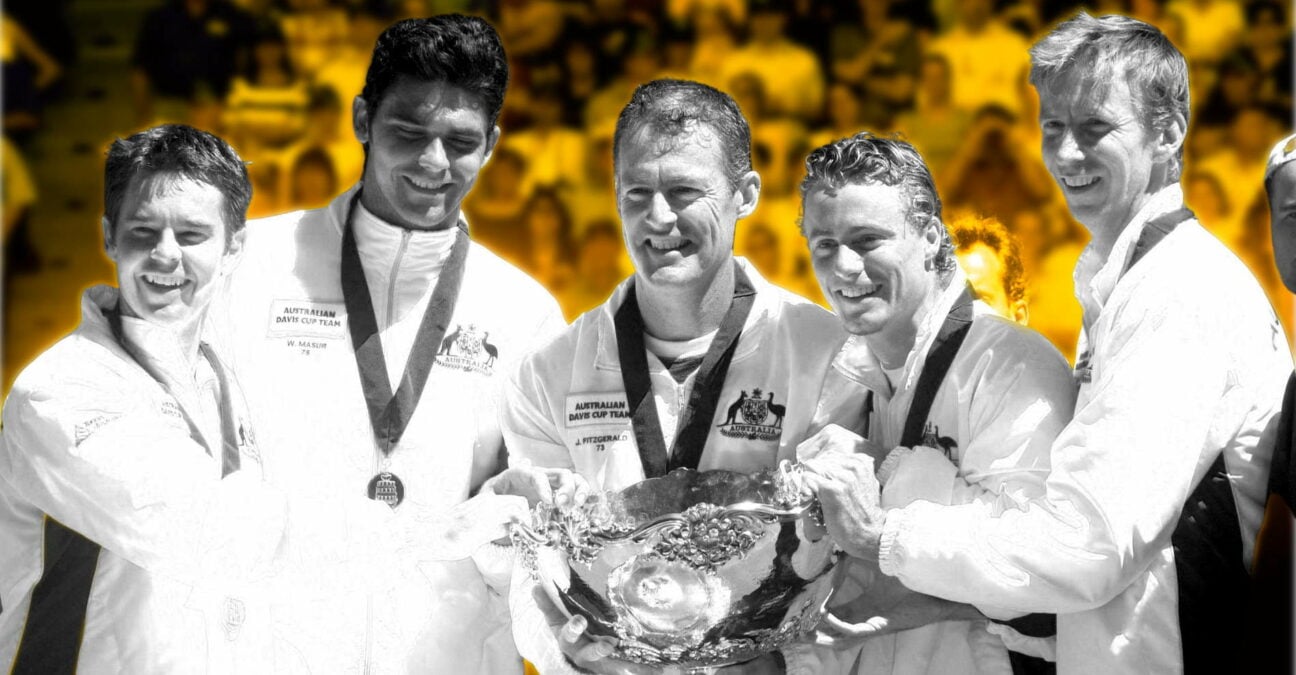 Australie, Coupe Davis 2003, OTD 30/11
Australie, Coupe Davis 2003, OTD 30/11
What happened exactly
On this day, November 30, 2003, Mark Philippoussis, from Australia, overcame shoulder injury to defeat Juan Carlos Ferrero in five sets (7-5, 6-3, 2-6, 1-6, 6-0) and seal Australia’s triumph in the Davis Cup. It was the second time in his career that Philippoussis won the last match of a successful Davis Cup campaign, after he had beaten Cédric Pioline in the 1999 final (6-3, 5-7, 6-1, 6-2). 19 years later, in 2022, Australia still haven’t managed to win the Davis Cup again.
The players involved: Mark Philippoussis and Juan Carlos Ferrero
- Mark Philippoussis: Scud
Mark Philippoussis, from Australia, was born in 1976. He entered the top 100 in 1995, jumping from world No 307 to No 32 in only one year, relying mostly on one of the most impressive serves in tennis history, which earned him the nickname “Scud”.
That year, he also reached his first final on the tour, in Scottsdale (defeated by Jim Courier, 7-6, 6-4). In 1996, he made himself famous by upsetting world No 1 Pete Sampras in the Australian Open third round (6-4, 7-6, 7-6), but he was defeated in the following round by fellow Aussie Mark Woodforde (6-2, 6-2, 6-2).
Ten months later, in Toulouse, he claimed the first of his 10 titles, defeating Magnus Larsson in the final (6-1, 5-7, 6-4). In 1998, he finished runner-up to Patrick Rafter at the US Open, (6-3, 3-6, 6-2, 6-0), in the first all-Australian Grand Slam final since 1970. In March 1999, he clinched the most important title of his career at Indian Wells, defeating Carlos Moya in the final ( 5-7, 6-4, 6-4, 4-6, 6-2), reached his career highest ranking as world No 9, and at the end of the season, he destroyed the French team almost by himself in the Davis Cup final, in Nice.
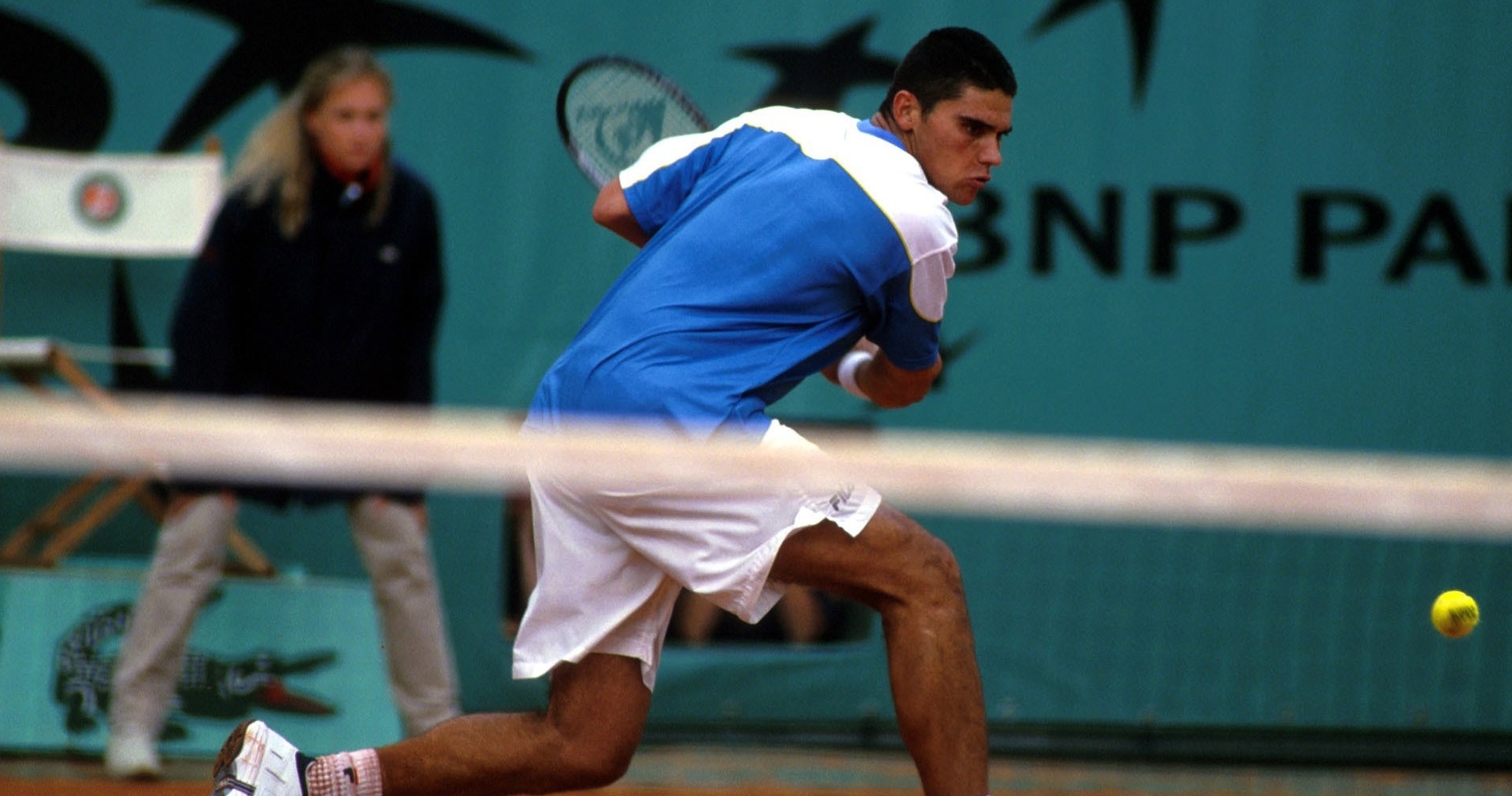
In the following years, his career was plagued by injuries: undergoing knee surgery no less than three times, he attended only nine tournaments in 2001, missing the four Grand Slams. His ranking dropped down to world No 148 in April 2002, but in 2003, he came back to his best level. Firing a record 46 aces to defeat world No 1 Andre Agassi in the fourth round (6-3, 2-6, 6-7, 6-3 6-4), he finished runner-up to Roger Federer at Wimbledon (7-6, 6-2, 7-6). By the end of the year, the 6’5 Aussie was back in the top 10.
- Juan Carlos Ferrero: El Mosquito
Juan Carlos Ferrero, “El Mosquito”, was born in 1980. Runner-up to Fernando Gonzalez at Roland-Garros juniors in 1998, he climbed the ATP charts at the speed of light, finishing his first full year on the tour as world No 43, in 1999.
That year, he also won his first tournament in Majorque, defeating Alex Corretja in the final (2-6, 7-5, 6-3). In 2000, he reached the semi-finals in Roland-Garros (defeated by Gustavo Kuerten, 7-5, 4-6, 2-6, 6-4, 6-3) and played a decisive part in Spain’s Davis Cup victory, beating both Patrick Rafter and Lleyton Hewitt in the final. In 2001, he won his first Masters 1000 in Rome, defeating Kuerten in the final (3-6, 6-1, 2-6, 6-4, 6-2), but the Brazilian stopped him a second time in the semi-finals of the French Open.
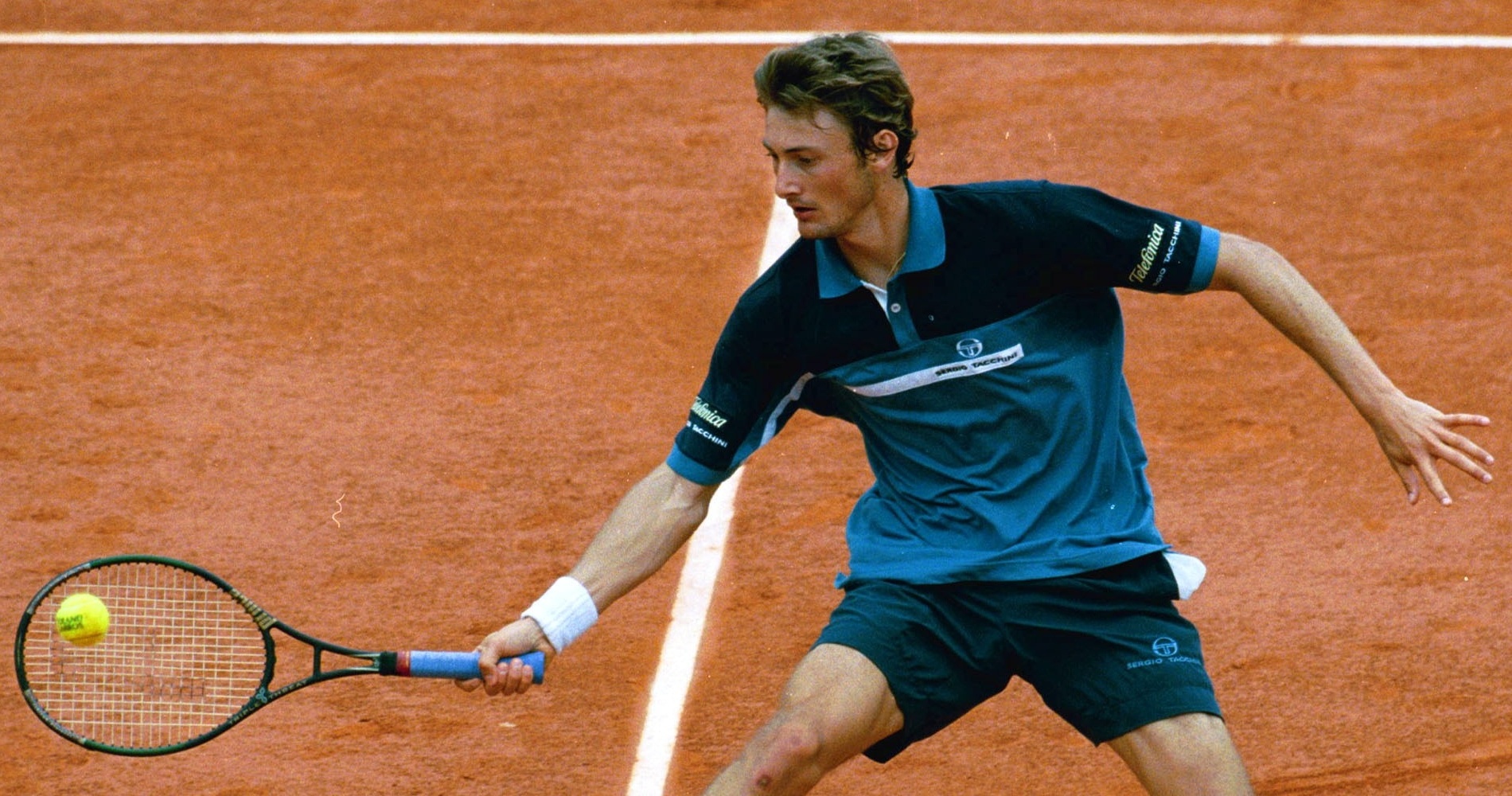
In 2002, Ferrero qualified for the Roland-Garros final, but he was defeated, to general astonishment, by fellow Spaniard Albert Costa (6-1, 6-0, 4-6, 6-3). 2003 was his peak year so far: after a new Masters 1000 triumph in Monte-Carlo, he eventually captured the Roland-Garros crown, against Martin Verkerk (6-1, 6-3, 6-2).
A few months later, he finished runner-up to Andy Roddick at the US Open (6-3, 7-6, 6-3), a result that made him the new world No 1. He would only remain at the top for eight weeks before being overcome by Roddick, after being defeated in the Round of 16 of the Paris Masters 1000 by Jiri Novak (7-5, 7-5).
The place: Davis Cup Final, Melbourne, Australia
The 2003 Davis Cup final was held at the Rod Laver Arena, in Melbourne. Originally named Centre Court, it was unveiled in 1988 when the Australian Open left Kooyong for Melbourne Park, and it was renamed in 2000 in honour of the legendary Australian lefty who had achieved the Grand Slam twice, in 1962 and 1969. The Rod Laver Arena could host 15,000 spectators, and, outside of the Open, it often hosted concerts. The Australian team had decided to host the tie against Spain on grass, and a temporary grass-court had been laid for the occasion.
The facts
In 2003, Australia faced Spain in the Davis Cup final. On paper, it was hard to tell who were favourites. On one side, Spain displayed two top ten players, world No 7 Carlos Moya and world No 2 Juan Carlos Ferrero, who had won Roland-Garros and reached world No 1 in September.
On the other hand, the Australian stars were Mark Philippoussis, world No 9 and runner-up at Wimbledon, and Lleyton Hewitt, now No 17, but a double Grand Slam champion, and former world No 1. However, in fact, Australia had to be the favourites: not only were they playing in front of their homecrowd, but they had also chosen to play on grass, where the Spaniards had never obtained any remarkable results.
Hewitt opened the tie, delivering a great performance to prevail against Ferrero in five sets (3-6, 6-3, 3-6, 7-6, 6-2), but Philippoussis was surprisingly defeated by Moya, who had never gone past the second round at Wimbledon (6-4, 6-4, 4-6, 7-6). Luckily for the Australian giant, on Saturday, Todd Woodbridge and Wayne Arthurs beat Alex Corretja and Feliciano Lopez (6-3, 6-1, 6-3) to give him an opportunity to shine in this Davis Cup tie.
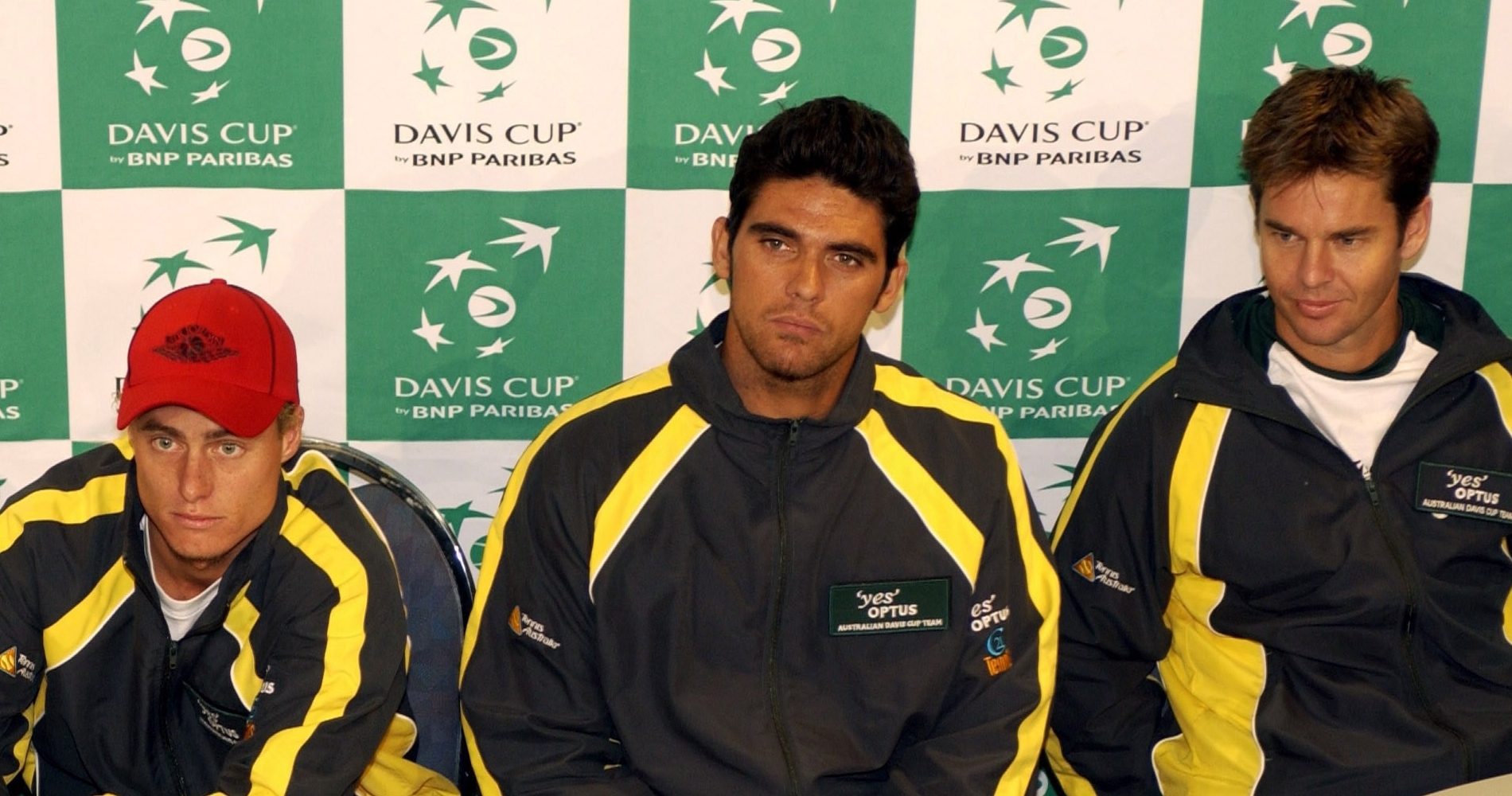
Philippoussis, who had been weak on Friday, started the match on very different standards. His serve was accurate, his volleys were sharp. On grass, his aggressive game seemed too natural for Ferrero to keep up, and the Australian won the first sets, 7-5, 6-3.
However, just when he seemed to be cruising for victory, his serve suddenly weakened: Philippoussis had torn his pectoral muscle at the end of the second set. Deprived of his main weapon, he could only witness Ferrero coming back from two sets to love, 6-2, 6-1, to level up. He didn’t want to default, but it looked like his fate was sealed.
“I thought he was done like dinner,” said Todd Woodbridge.
Yet, before the decider, it was the Spaniard who called for a massage. Philippoussis used the opportunity to take a bathroom break. In the locker room, he saw Hewitt warming up for the upcoming deciding match. This was the turning point: he decided to show everyone that he wasn’t done yet. When he came back on court, Ferrero was still with the physio, so Philippoussis asked for a medical time-out as well.
This long pause totally broke Ferrero’s momentum. ‘Scud’ gritted his teeth and bore the pain to break his opponent a first time, and a second time…and a third time. The unbelievable had happened: in a last-minute twist, Philippoussis blanked the world No 2 to give Australia its 28th Davis Cup title. His first reaction was to praise the crowd, according to The New York Times.
“There is no way I would have got through without them,” he said. “Not only does it get you up; it gets the opposition down, too. All of a sudden you win a service game and the next thing they are 0-40. It just numbs the pain a little because the fans are so loud and they are so awesome.
“There was no way I was going to pull out. I just kept telling myself to take one point at a time, that’s all I could do. I was just thinking, I don’t care how bad your pec is, just put everything into this last set,” he added.
What next
Philippoussis would be awarded comeback of the year by the ATP, but in the following years, he would make more headlines in the tabloids than in the sports press. In 2006, outside the top 100, he would claim a last title as a wildcard, defeating Justin Gimelstob in the final of the grass-court tournament held in Newport (6-3, 7-5). However, he would never participate in a Grand Slam tournament after the 2006 US Open, where he would be invited as world No 113, only to be defeated by Rafael Nadal in the first round (6-4, 6-4, 6-4).
Ferrero would start well in 2004, only beaten by Roger Federer in the semi-final of the Australian Open (6-4, 6-1, 6-4), before chickenpox followed by a wrist injury would ruin his season. He would leave the top 10 in September and would never make his way back to it. In the years to come, he would stay in the top 30, only performing sporadically at the very best level, far away from his glorious years.



